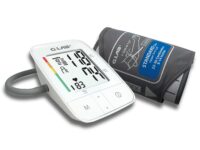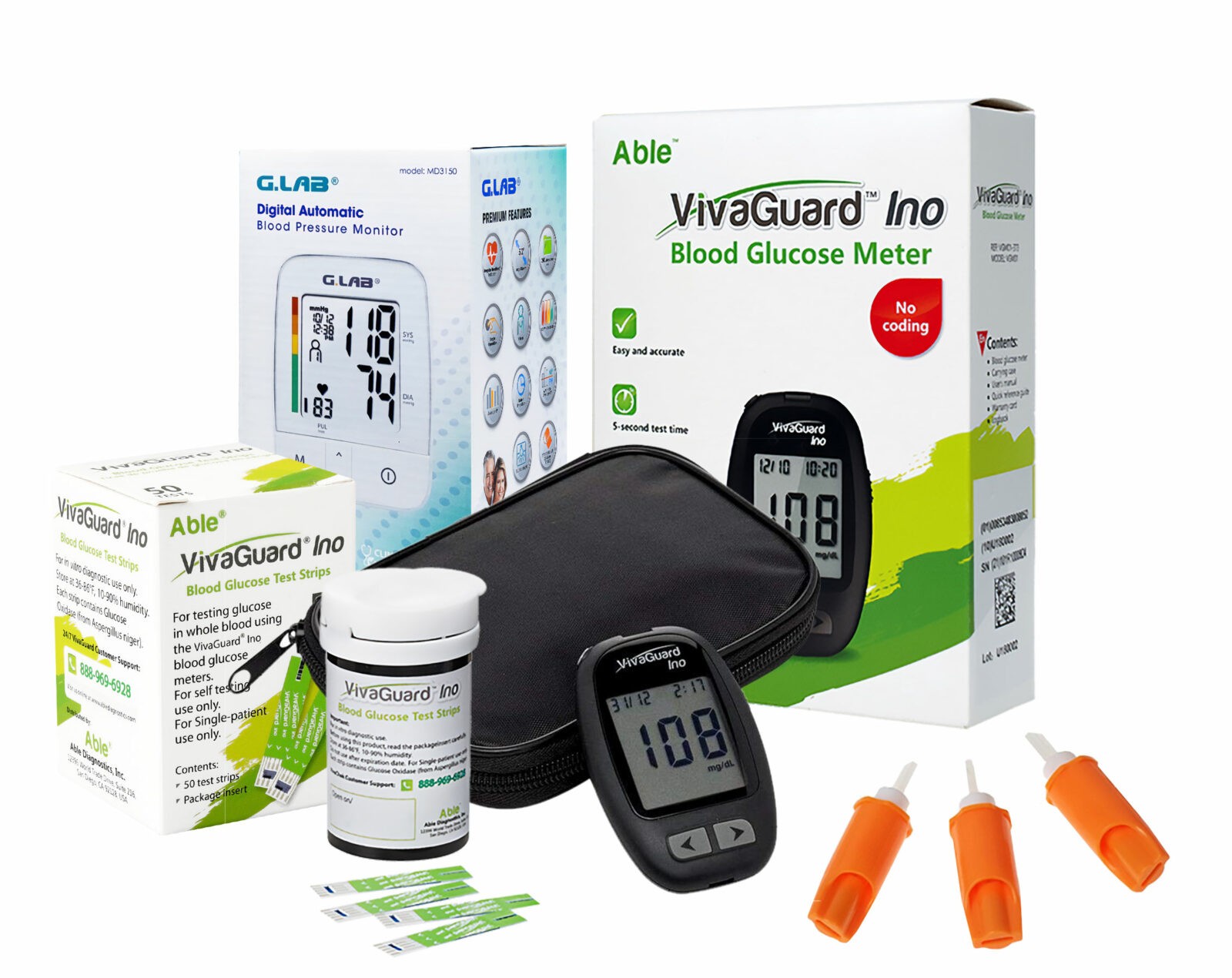Also called: Carcinoma, Malignancy, Neoplasms, Tumor
Cancer begins in your cells, which are the building blocks of your body. Normally, your body forms new cells as you need them, replacing old cells that die. Sometimes this process goes wrong. New cells grow even when you don’t need them, and old cells don’t die when they should. These extra cells can form a mass called a tumor. Tumors can be benign or malignant. Benign tumors aren’t cancer while malignant ones are. Cells from malignant tumors can invade nearby tissues. They can also break away and spread to other parts of the body.
Cancer is not just one disease but many diseases. There are more than 100 different types of cancer. Most cancers are named for where they start. For example, lung cancer starts in the lung, and breast cancer starts in the breast. The spread of cancer from one part of the body to another is called metastasis. Symptoms and treatment depend on the cancer type and how advanced it is. Most treatment plans may include surgery, radiation and/or chemotherapy. Some may involve hormone therapy, immunotherapy or other types of biologic therapy, or stem cell transplantation.
NIH: National Cancer Institute
Your family history includes health information about you and your close relatives. Families have many factors in common, including their genes, environment, and lifestyle. Looking at these factors can help you figure out whether you have a higher risk for certain health problems, such as heart disease, stroke, and cancer.
Having a family member with a disease raises your risk, but it does not mean that you will definitely get it. Knowing that you are at risk gives you a chance to reduce that risk by following a healthier lifestyle and getting tested as needed.
You can get started by talking to your relatives about their health. Draw a family tree and add the health information. Having copies of medical records and death certificates is also helpful.
Centers for Disease Control and Prevention
 CALL US NOW:
CALL US NOW: 










 March 21, 2022
March 21, 2022  John Mwesigwa
John Mwesigwa 


